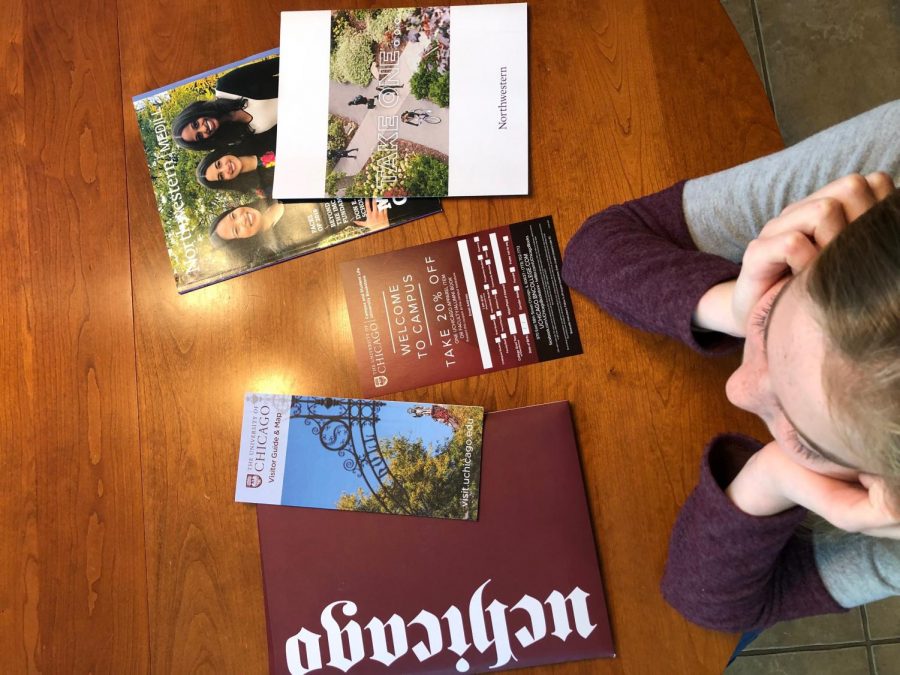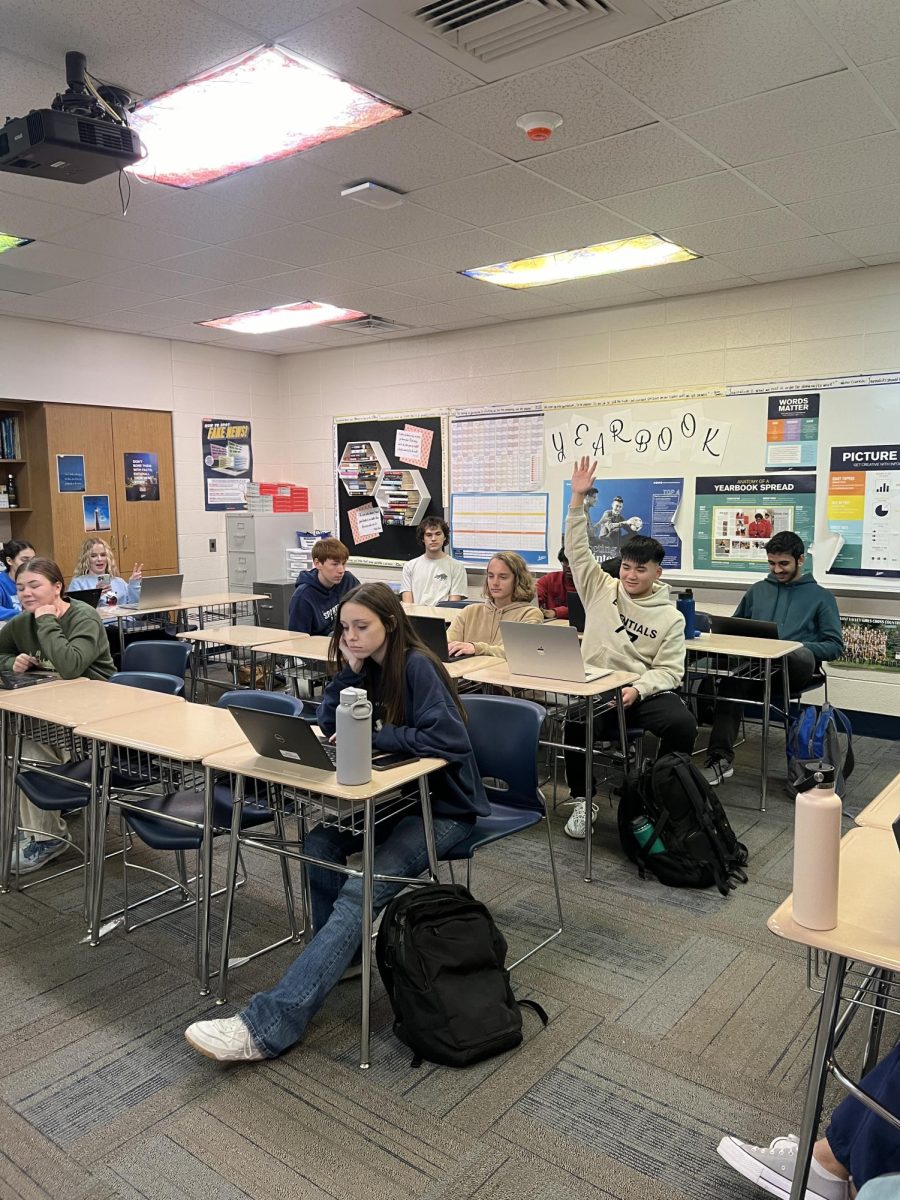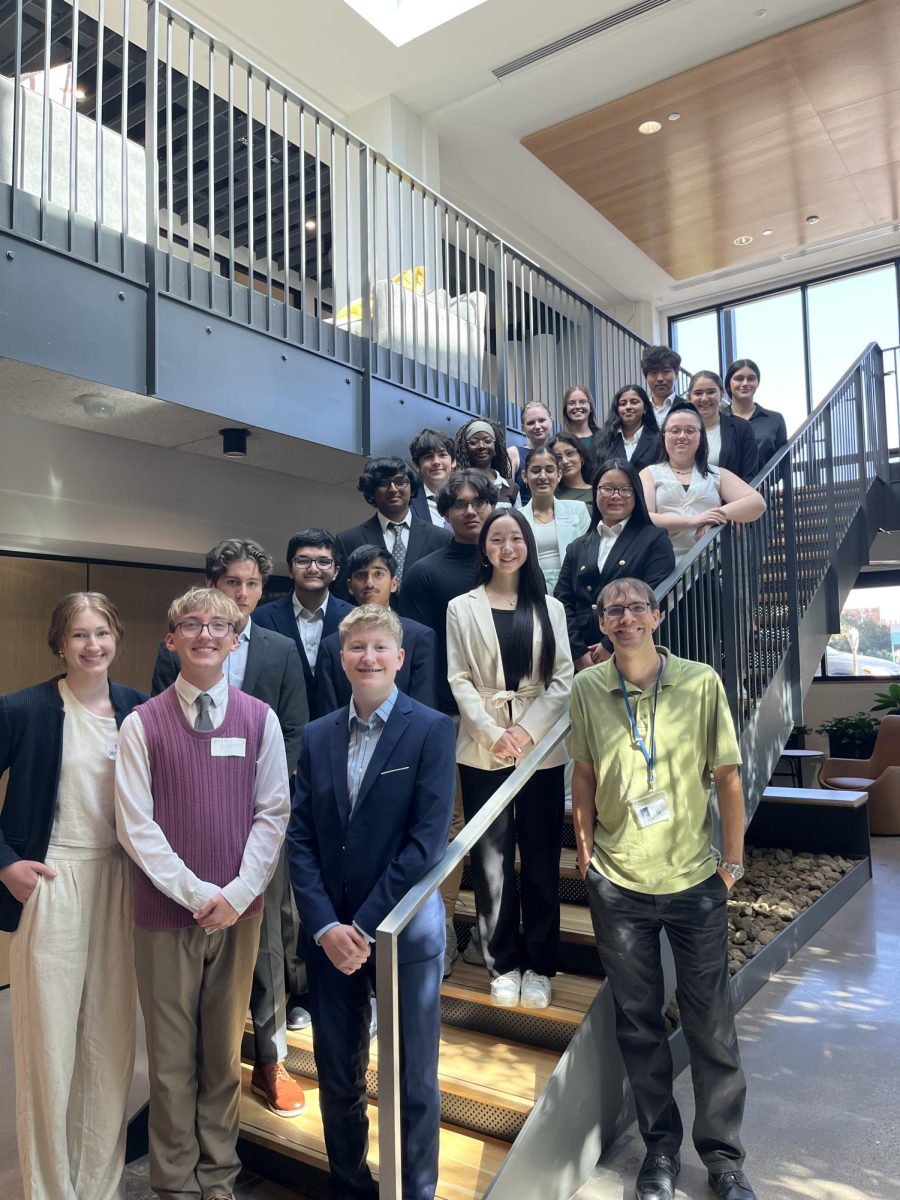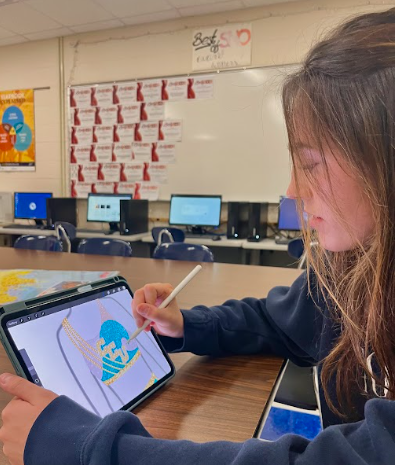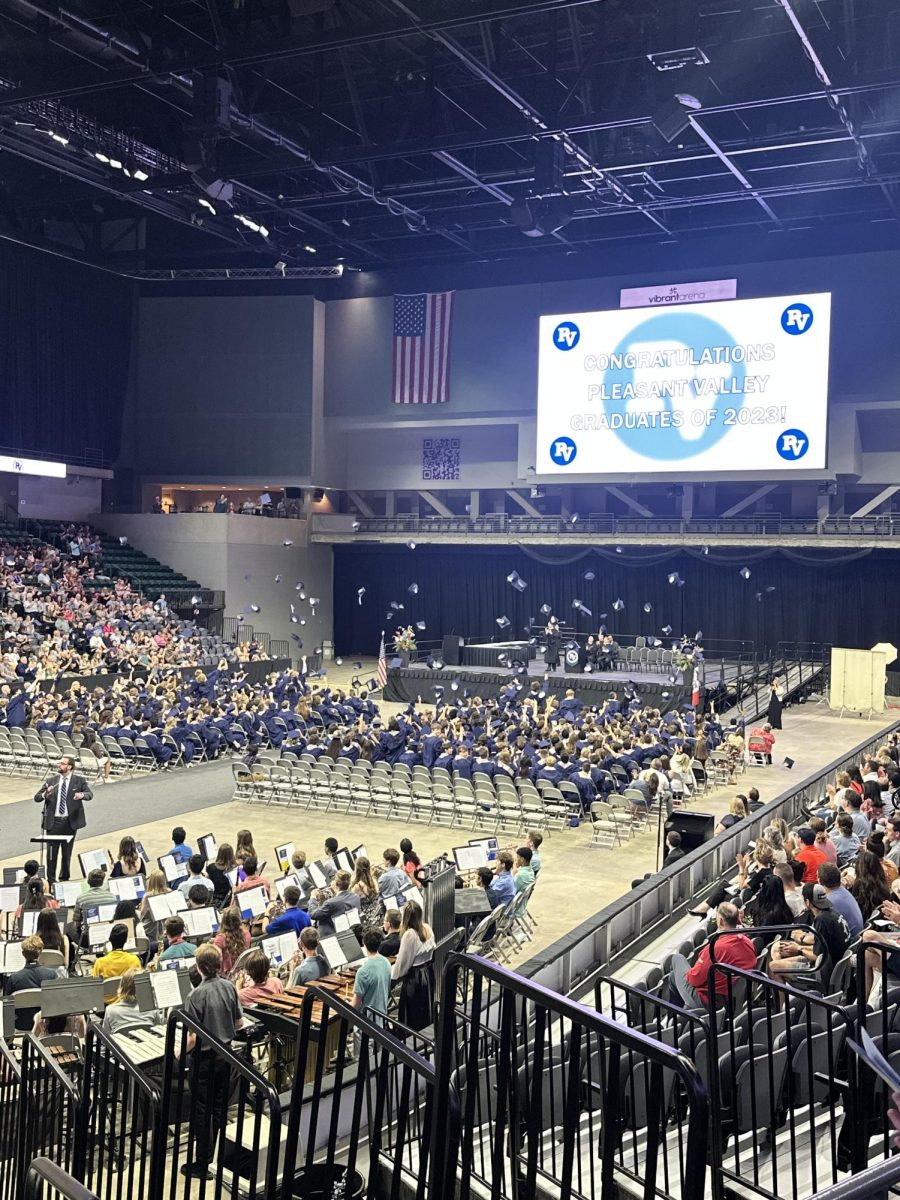As the body of college students becomes increasingly diverse, it is coming to light that many students are put at a disadvantage by the current college admissions process.
An age-old tradition, the college visit, is currently the root of a prevalent issue relating to this problem.
College visits are intensely beneficial to potential students, which many past and present students can strongly attest to.
Samantha Pauwels, a ‘93 University of Michigan graduate, is one of them. She toured 5 prospective schools during her high school years, and said of the importance to her, “A combination of the information I collected while touring and talking to the guides and just those ‘feelings’ which I picked up while wandering the campuses certainly helped me decide which schools I would apply to.”
While an important part of college decisions when Pauwels was touring, it holds the same weight in the decisions of current students. Junior Ella Litchfield said, “I do not think it is too early to visit colleges because it is a very big decision for a major and career.” She continued on to stress the importance of her visit, saying, “Being away from home…is difficult on its own, and finding your most comfortable college early on makes it a much easier experience.”
College visits are clearly advantageous to students who partake in them. However, with the changing face of the higher-education student population, their deep importance could cause issues.
This is mainly because of the tumult of both positive and negative changes that the college system has undergone in recent years. Since 1980, college tuition has nearly tripled and the number of students in college has increased from 12.1 million to 19.91 million. In addition, the number of low-income students enrolling has increased by 8 percent since 1996, and one-third of college students are now first-generation attendees.
To fully understand the problem college visits pose to the masses of new and low-income students, it must be understood that they can become very expensive, very quickly. An article in Forbes about this issue read, “…the expense of visiting can climb into the thousands of dollars when you start adding air fare, car rental, hotel rooms and meals for the parents, the student and often siblings too.”
With the widely changing demographic of college-goers in recent years, the price of college visits can be a large disadvantage. Having to skip visits because of the money involved strips low-income students of the benefits of both information about, and comfort with, a campus, which both Pauwels and Litchfield described as being helpful to them.
Besides the obvious benefits of being able to see and learn about a college before committing, students who aren’t able to attend campus visits can also be hurt during the admissions process.
Statistics from the National Association for College Admissions Counseling said that 16.9 percent of four-year universities said “demonstrated interest” (mainly campus visits but also admissions interviews, etc.) was very important to them in the admissions process. Another 33 percent of schools said it was moderately important.
With these stats in mind, families who can’t afford expensive visits are put in an unfavorable position. The Forbes article went on to say, “…colleges most favor demonstrated interest of the kind that costs money. A student who visits campus, and does so long enough to participate in activities, will gain much more of an edge…”
Many believe that these admissions loopholes that still allow wealthy students a leg up need to be closed for the betterment of the education system. Just because the college admissions scandal is in America’s rearview mirror at the moment doesn’t mean that the admissions program is perfect, and it doesn’t mean that students are always treated equally.



